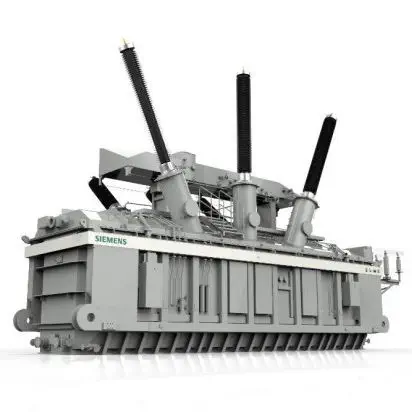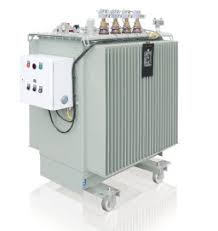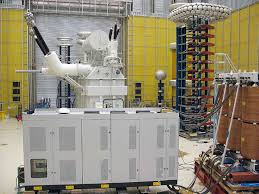Not every transformer limits a network level. For this reason, not all transformers are subnet controllers.
Basically, transformers are introduced in the voltage levels themselves. This also allows adjustments to be made to the voltage levels within the network level.
High and Low are used in the terminal configuration for all transformers. Further possibilities arise with the terminal path, i.e. how the resource flows between the connection points (configuration options).
Transformers can be installed in the exterior and interior of facilities. In addition, transformers in the medium and low voltage range can also be operated on masts/poles (pole station).
|
|
|
|
Transformer extra-high voltage >= extra-high voltage
Network level 1
In substation
|
|
|
|
|

|
Transformer extra-high voltage > high voltage
Network level 2
In substation
Are network level limiters = subnetwork controllers
|
|
|
|
|
|
Transformer high voltage >= high voltage
Network level 3
In substation
|
|
|
|
|
|
Transformer high voltage > medium voltage
Network level 4
In substation
Are network level limiters = subnetwork controllers
|
|
|
|
|
|
Medium voltage transformer >= medium voltage
Network level 5
In stations and on masts/poles
|
|
|
|
|

|
Transformer medium voltage > low voltage
Network level 6
This transformer can be found on poles in rural areas, which supply single or multiple consumers from this point.
Are network level limiters = subnetwork controllers
|
|
|
|
|
|
Transformer low voltage >= low voltage
Network level 7
For galvanically decoupled LV subnetworks (rather rare)
|
|
|
|
|

|
Feed-in point direct current
DC/train feed-in point (converter to DC usually from MV)
According to the description it is about the feed-in/conversion into the DC grid
AC-DC (also called rotary transformer, rectifier or inverter)
The English term for this is often inverter.
Symbol [~/=] Is a subnet controller for DC
|
|






